Satellite Broadband Is Expanding. Can That Reduce the Digital Divide?
Edsurge
FEBRUARY 22, 2022
During the pandemic, broadband access became more pressing than ever for education, as schools and colleges suddenly shifted most teaching online. And that sudden shift exposed inequities in who has access to broadband. Part of the Solution Satellite broadband could be an important piece of improving access, though, some experts say.


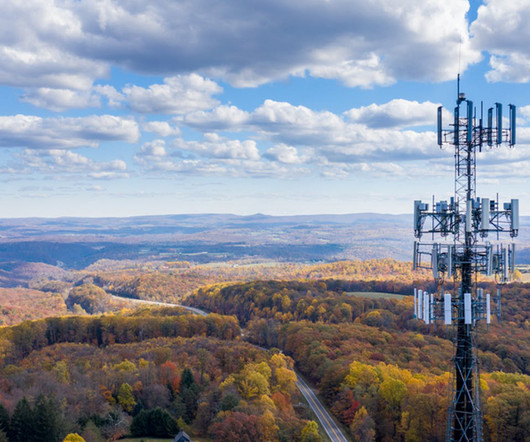



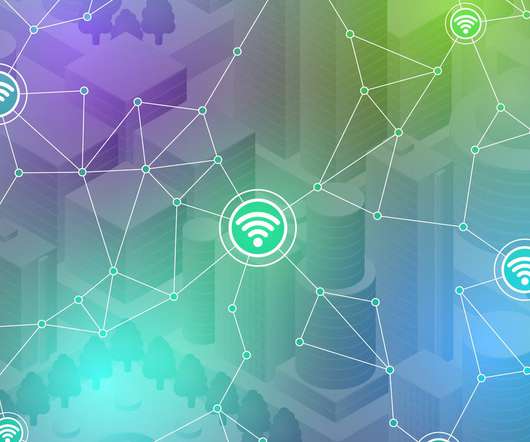
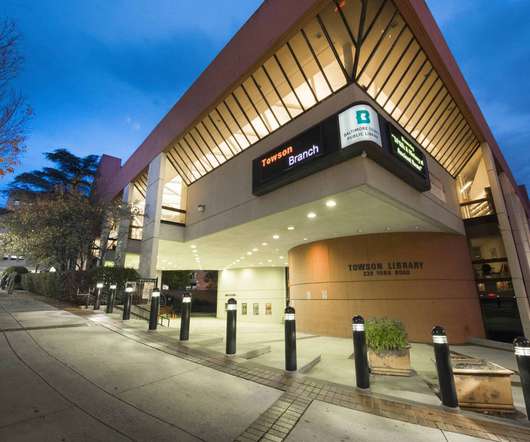


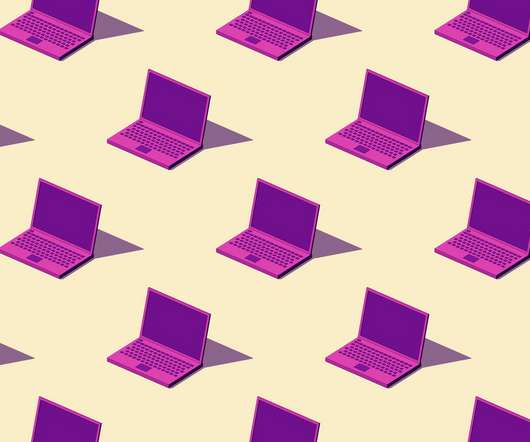


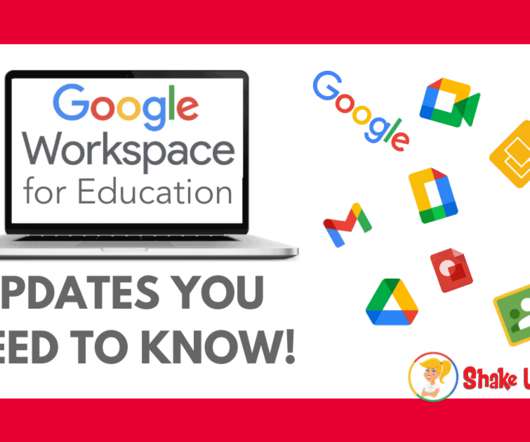
























Let's personalize your content